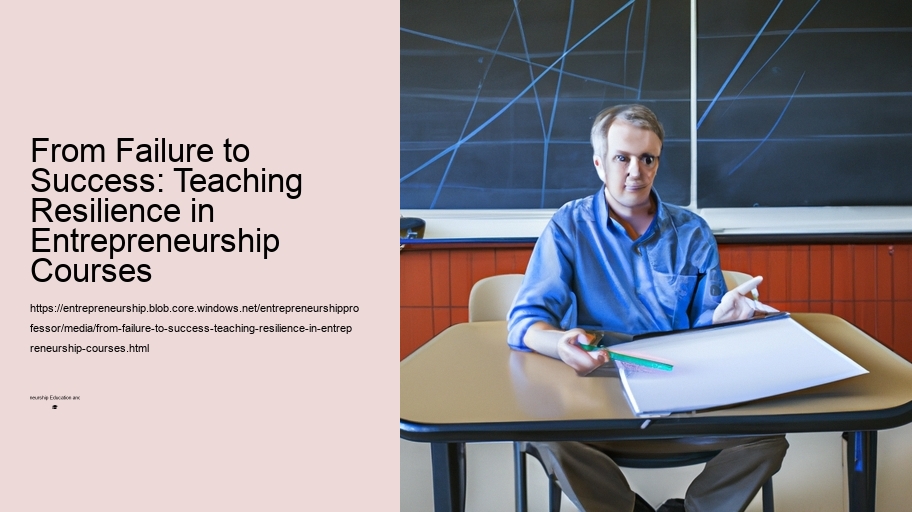Defining Resilience: Explaining what resilience means in the context of entrepreneurship, including its connection to adaptability, perseverance, and problem-solving skills.
The Connection Between Failure and Success: Highlighting how failure can actually lead to success in business by providing valuable learning experiences.
Teaching Resilience in Entrepreneurship Courses: Presenting various strategies for incorporating lessons on resilience into entrepreneurship education.
Case Studies on Resilience: Sharing stories of successful entrepreneurs who experienced failures before achieving their goals, demonstrating the real-world application of resilience.
Tools and Techniques for Building Resilience: Providing practical tips and resources that aspiring entrepreneurs can use to develop their own resilience.
The Impact of Resilient Entrepreneurs: Discussing how resilient entrepreneurs contribute to economic growth, job creation, innovation, and other positive outcomes.
From Failure to Success: Teaching Resilience in Entrepreneurship Courses - Scalability
- Exit Strategy
- Scalability
- Startup
From Failure to Success: Teaching Resilience in Entrepreneurship Courses - Startup
- Pitch Deck
- Series A, B, C Funding
- Entrepreneur
From Failure to Success: Teaching Resilience in Entrepreneurship Courses - Startup
- Venture Capital
- Customer Discovery
- Customer Segmentation
The Role of an Entrepreneurship Professor in Cultivating Future Innovators
